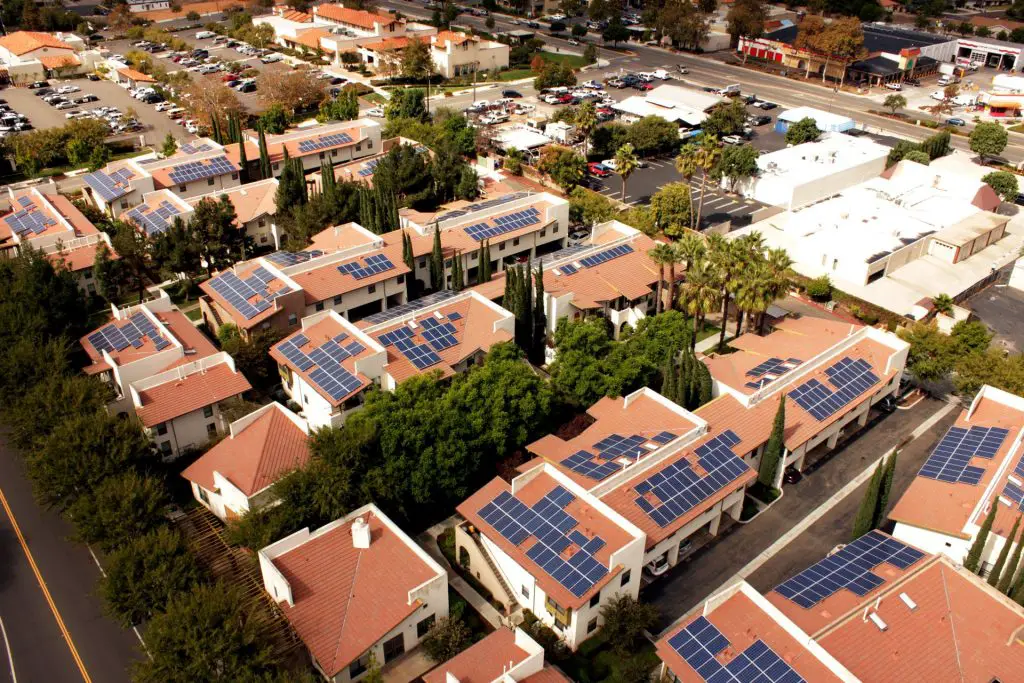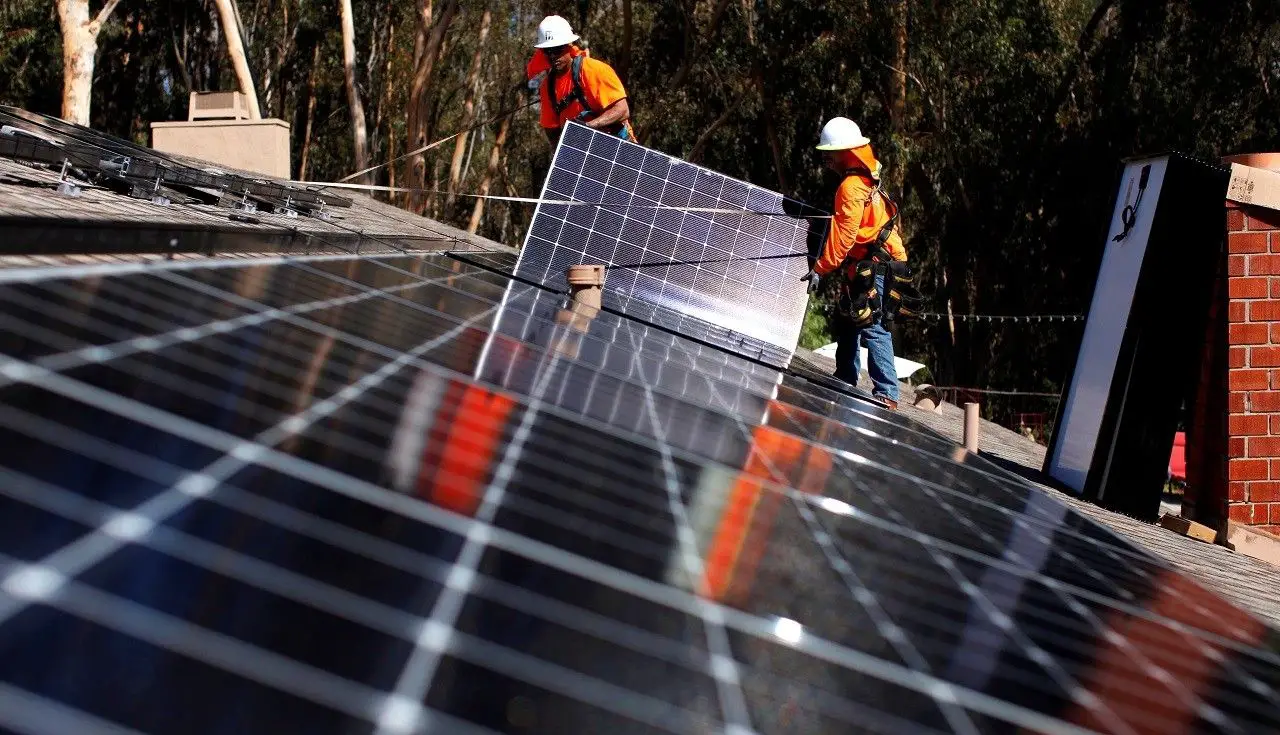California has become the first U.S. state to mandate solar-powered panels on new homes and apartment buildings built after Jan. 1, 2020.
The plan for solar power was unanimously approved by the California Energy Commission and makes it the state’s next big step toward ending greenhouse-gas emissions. According to BBC News, state law already requires that 50 percent of all electricity comes from non carbon-emitting sources by 2030.
Those who are against the solar power plan have noted that between $8,000 and $12,000 will be added to a home’s cost. However, the Energy Commission estimates that homeowners will only see an additional $40 to monthly mortgage payments. Also, the commission said they will save $80 on heating, cooling and lighting costs per month.
The new mandate offers exceptions where solar power is not feasible or cost effective, such as homes located entirely under shade. Builders will also have the option of adding solar power panels to individual homes, or building shared power systems for a group of homes. Current homeowners will not be required to add solar power to their homes, although many have done so using government rebate programs.

As of now, California has invested over $42 million in solar energy. The mandate will likely give a further boost to the solar industry statewide. California is ranked as the stop state in the U.S. when it comes to solar energy, according to the Solar Energy Industries Association (SEIA). Nearly 16 percent of the state’s electricity last year came from solar power.
SEIA president Abby Hopper said on Twitter that California’s mandate demonstrates “that promoting home solar makes sense.” Lynn Jurich, co-founder of solar power installation company Sunrun, said that large market expansions like this make it “very cost effective to do.” Jurich also said, “There’s also this real American sense of freedom of producing electricity on my rooftop. And it’s another example of California leading the way.”
The New York Times reports that Bob Raymer, senior engineer for the California Building Industry Association, said, “This adoption of these standards represents a quantum leap. You can bet every state will be watching to see what happens.”
Several California cities have required that some new buildings include solar power, or have made commitments to 100 percent clean energy through various sources. According the National Conference of State Legislatures, New Jersey, Massachusetts and Washington, D.C. have also considered legislation to require that new buildings be solar-ready.
California law requires at least 50 percent of the state’s electricity to come from noncarbon-producing sources by 2030. Solar power has increasingly become a driver in the growth of the state’s alternative energy production.
Several California cities have required that some new buildings include solar power, or have made commitments to 100 percent clean energy through various sources. If you are looking for energy providers, check out Simply Switch – energy comparison for you to consider. In the upcoming year, a new rate structure will charge California customers based on the time of day they use electricity. “Any additional amount in the mortgage is more than offset,” said Andrew McAllister, an Energy Commission member who led a building-code review that produced the proposal. “It’s good for the customer.”

















